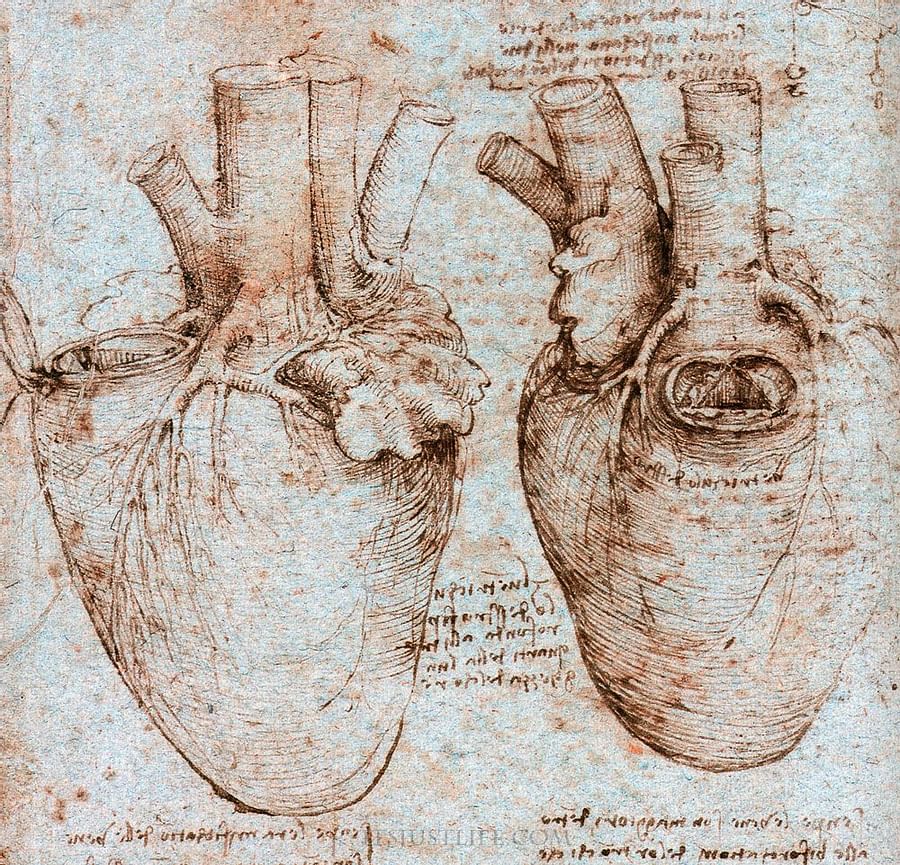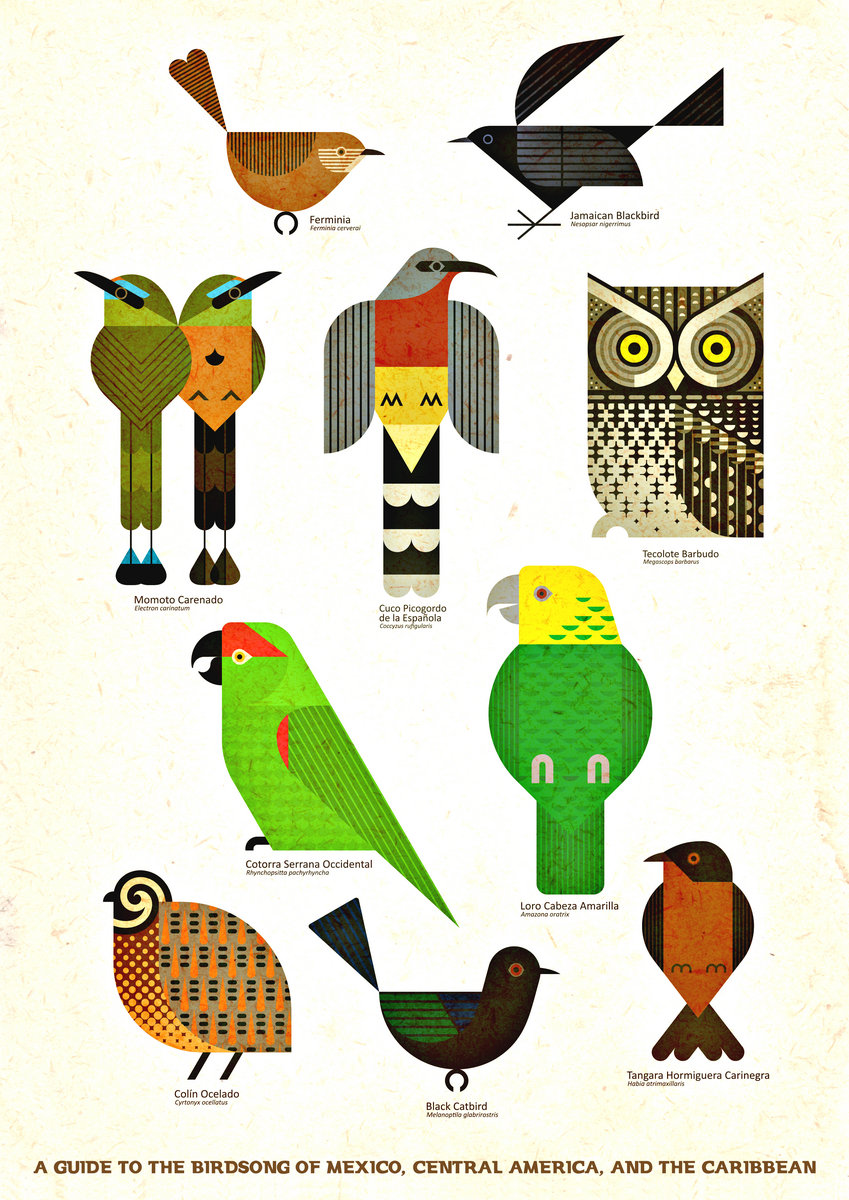Chances are you’ve looked at more graphs this past year than you did over the previous decade — not just while working at home, but while scrolling through cascades of often-troubling quantitative information during your “off” hours as well. This phenomenon has hardly been limited to the Americans who obsessed over the predictions of and returns from their presidential election last month, an event turned practically into a sideshow by the ongoing pandemic. Around the world, we’ve all wanted to know: Where did the coronavirus come from? What is it? Where is it going?
Apologies to Paul Gauguin, who didn’t even live to see the Spanish flu of 1918, a time when nobody could have imagined instantaneously and widely sharing visual renderings of data about that disease. The world of a century ago may not have had dynamic animated maps and charts, updated in real time, but it did have crochet. Whether or not it had then occurred to anyone as a viable medium for visualizing the spread of disease, it can be convincing today. This is demonstrated by Norwegian biostatistician Kathrine Frey Frøslie, who in the video above shows us her crocheted representations of various “R numbers.”
This now much-heard term, Frøslie’s explains, “denotes reproduction. If the R number is one, this means that each infected person will on average infect one new person during the course of the disease. If R equals two, each infected person will infect two persons,” and so on. Her crocheted version of R=1, with a population of ten, is small and narrow — it looks, in other words, entirely manageable. Such a disease “will always be always present, but the number of infected persons will be constant.” Her R=0.9, which steadily narrows in a way that resembles an unfinished Christmas stocking, looks even less threatening.
Alas, “for the coronavirus, the R is mostly larger than one.” In crocheted form, even R=1.1 is pretty formidable; when she brings out her R=1.5, “it is evident that we have a problem. Even the crochet patch kind of crumbles.” Then out comes R=2, which must have been quite a project: its ten original infections bloom into 2,560 new cases, all represented in almost organically dense folds of yarn. As for R=2.5, when Frøslie eventually gets it hoisted onto her lap, you’ll have to see it to believe it. Throughout 2020, of course, many of our at-home hobbies have grown to monstrous proportions — even those taken up by medical scientists.
via Metafilter
Related Content:
Simulating an Epidemic: Using Data to Show How Diseases Like COVID-19 Spread
Everything You Need To Know About Viruses: A Quick Visual Explanation of Viruses in 9 Images
The History of the Plague: Every Major Epidemic in an Animated Map
An Artist Crochets a Life-Size, Anatomically-Correct Skeleton, Complete with Organs
The Beautiful Math of Coral & Crochet
Based in Seoul, Colin Marshall writes and broadcasts on cities, language, and culture. His projects include the Substack newsletter Books on Cities, the book The Stateless City: a Walk through 21st-Century Los Angeles and the video series The City in Cinema. Follow him on Twitter at @colinmarshall, on Facebook, or on Instagram.



